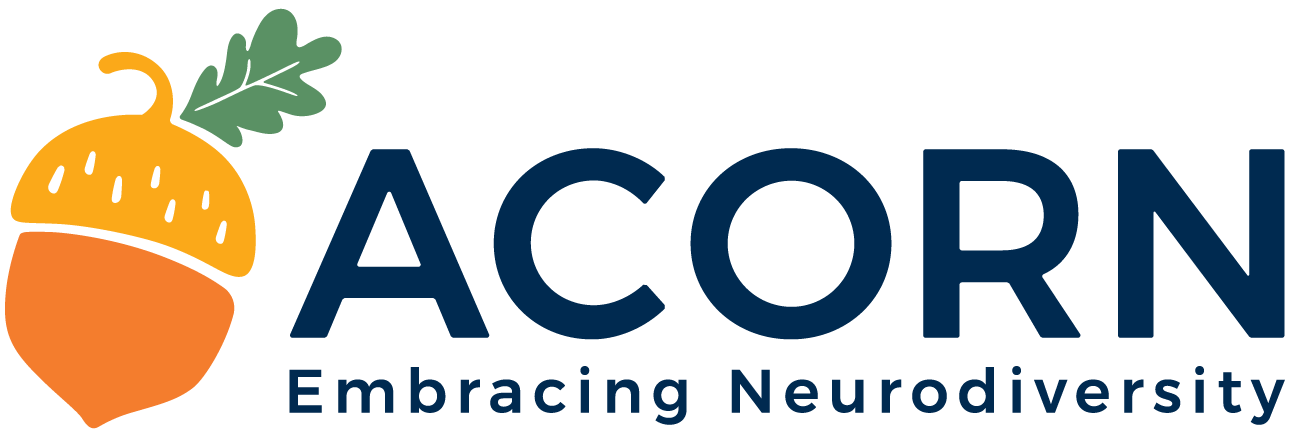Gross motor skills: simplified
Gross motor translates to large movements. Gross motor skills are the abilities which allow whole body movement or require a large portion of the body to move. These skills heavily rely on the large muscles of your core, trunk, arms, and legs.
Gross motor skills are important because they allow children to engage in their everyday activities at home, school, and in the community. Some of the ways these skills support daily functioning are more obvious than others. Some common and not so common examples include:
Crawling, walking and running
Sitting upright and changing body positions
Climbing, such as out of bed, onto the couch, and on playground equipment
Ball skills such as throwing and catching
Standing in line
Exploring the environment during learning and play
Standing on one leg to put on pants, shorts, socks, and shoes
Sitting at a desk during the school day and when doing homework
Gross Motor Skills: The Building Block of Many Other Skills
Gross motor skills are not only important in and of themselves, but also because they provide the foundation for many other crucial skills and abilities. As a general rule, solid gross motor skills provide the stability needed for more refined skills, such as fine motor skills and executive functioning abilities.
For an example, consider your child’s school day. Gross motor skills support their morning routine- getting out of bed, getting dressed, gathering their things, and getting into the car. They need gross motor skills to sit at their desk, attend to the teacher, and keep their bodies stable during schoolwork. A strong core, good muscle control, and stable joints are necessary for setting up successful handwriting, keyboarding, scissor skills, arts, and hands on learning experiences. Gross motor skills are used during physical education and on the playground with their friends to play hopscotch, swing, climb playground equipment, toss, catch, and shoot balls, play chase and tag, and so on. And after all of that, back into the classroom for more learning. By the end of the day, school has demanded a great deal of endurance, just one component of gross motor skills. And, a child’s day doesn’t stop there.
How Can Occupational Therapy Help?
Occupational therapists are trained in body structures (such as muscles and bones) and body functions (such as movement, joint stability and mobility). Their training focuses on how a person interacts with and moves their body and objects for tasks around the environment. Occupational therapists assess a child’s gross motor skills to determine how they are impacting engagement in daily occupations, such as taking care of their bodies, playing, and learning. Some of the underlying gross motor components they evaluate and treat include:
Strength (using force against something, just as carrying a box or pushing a toy bin)
Range of Motion (movement in joints)
Endurance (allows muscles to be use repeatedly, how quickly fatigue sets in)
Bilateral Coordination & Integration (uses both hands or feet)
Balance (standing and seated)
Motor Planning and Timing (plan, sequence, and time movements needed for a task)
Control (allows for smooth movements)
Grading (using the appropriate amount of strength, not too much or too little)
Postural Control (stabilizing the trunk/body and neck to help coordinate arms and legs)
Body Awareness (knowing body parts, understanding body movements)
How do I know if my child has difficulties with gross motor skills?
Some commons signs that a child might have gross motor difficulties:
Avoidance, frustration, or disinterest in physical tasks
Seem to get tired quickly or need more breaks than similar aged children
Sitting on the floor with their legs in a ‘W’ position
Slumping or slouching while sitting
Frequently laying their head down on the desk at school
Difficulty with fine motor skills (handwriting, using scissors)
Difficulty with attention
Appear clumsy
Frequently falling, tripping, or bumping into things
Don’t seem to know how to tell their body how to do new things
Trouble imitating others
Questions? Need Support?
Our Occupational Therapist at Acorn Autism can support your child develop their gross motor, fine motor, and daily living skills.
Please contact Acorn Autism for more information.
